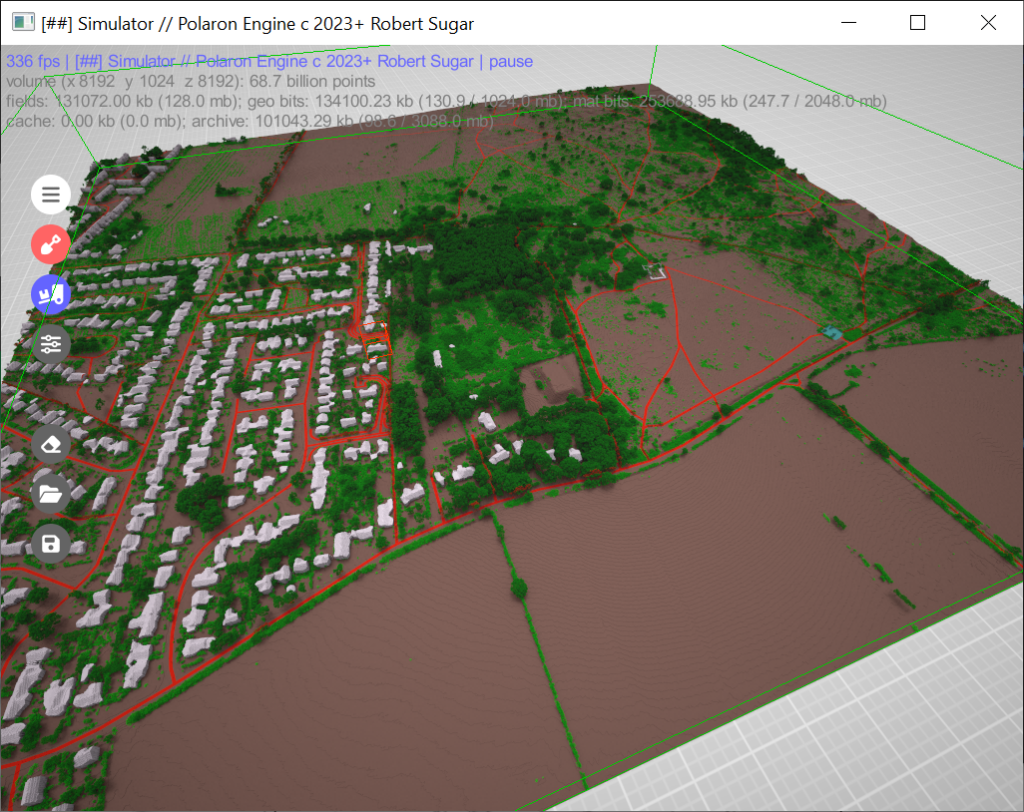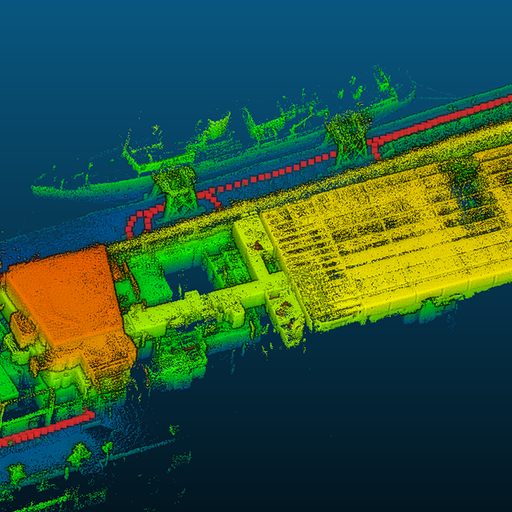Introduction In the contemporary digital age, the complexities of modern infrastructure require advanced methodologies for planning and response.
Serious simulation, a term traditionally linked with gaming technology, has found its footing in critical infrastructure planning. With its immersive environment and advanced computing, it’s revolutionising the way we view infrastructure resilience and the strategies we devise.
Understanding Serious Simulation Unlike typical video games aimed at entertainment, serious games are purpose-driven.
They are developed with an objective to train, educate, or simulate real-world scenarios. In the context of infrastructure, these simulations enable stakeholders to envision multiple scenarios, weigh potential risks, and strategise effective countermeasures.
Polaron supports multi user, geosemantic terrain mapped against 1m2 lidar of the UK.
This permits us to quickly and accurately build a model of anywhere in the UK combining OSM, Ordinance Survey and Lidar Data in around 2 minutes – based on raw data.

This means we can instantiate a model of almost anywhere and quickly profile it against the latest information, risks, issues and threats and provide a data map and model to augment the comprehension of what’s happening at any given moment.
If an area has already been mapped or modelled it is a matter of seconds.
Applications in Infrastructure Modelling
1. Urban Planning and Development:
Using serious simulation, urban planners can predict the outcomes of various infrastructure projects, from transportation systems to housing complexes. This kind of predictive modelling helps in optimising space, resources, and time.
2. Resource Management:
Water distribution, electricity grid management, and waste disposal can be modelled using simulations. These models can forecast shortages, breakdowns, or even over-supply, aiding in creating more efficient and resilient resource management strategies.
3. Transportation and Logistics:
From the placement of traffic signals to the design of major highways, simulations can predict traffic flow, potential bottlenecks, and areas of congestion, assisting planners in creating optimal transportation networks.
4. Marco to Micro:
Whether its assessing internal risks, or the wider geospatial area and systems in which infrastructure it’s possible to fuse the two to consider a range of possibilities, including people and navigation through that environment and competing interests or drivers.

Ensuring Resilience Through Simulation
Stress Testing:
Just as financial institutions stress-test their assets for potential crises, infrastructure can also be stress-tested using serious simulations. This involves creating virtual “worst-case scenarios” to understand vulnerabilities and identify areas that require strengthening.
Disaster Response:
Natural disasters like floods, earthquakes, or hurricanes can have catastrophic impacts on infrastructure. Simulations can help in training first responders, planning evacuation routes, and determining how infrastructure might fare or fail during such events.
Choosing the Right Course of Action
Data-driven Decision Making:
Serious simulations provide quantifiable data. Instead of relying on intuition or outdated models, stakeholders can make informed decisions based on the data generated by these advanced simulations.
Cost Efficiency:
While creating a serious simulation might require an initial investment, it can lead to long-term savings. By predicting failures or inefficiencies in infrastructure projects early in the planning phase, stakeholders can avoid costly adjustments or repairs in the future.
Continuous Learning:
The iterative nature of simulations means they can be continually updated with new data. This ensures that as circumstances change — whether it’s due to climate change, technological advancements, or population growth — the simulations remain relevant and useful.
Conclusion
As our world becomes increasingly interconnected and complex, the need for advanced tools to plan, manage, and ensure the resilience of our infrastructure has never been greater. Serious simulation offers a forward-thinking approach, blending technology with real-world scenarios to pave the way for smarter, safer, and more efficient infrastructural solutions.
By permitting scenarios and queries to be “gamed out” its possible to create an exponentially large number of threats and queries. Allowing for further automation and assessment.
These can also be used and accessed in the field via Web, Cached or Live WebRTC streams – and augmented by human inputs on site or with knowledge of that location.

